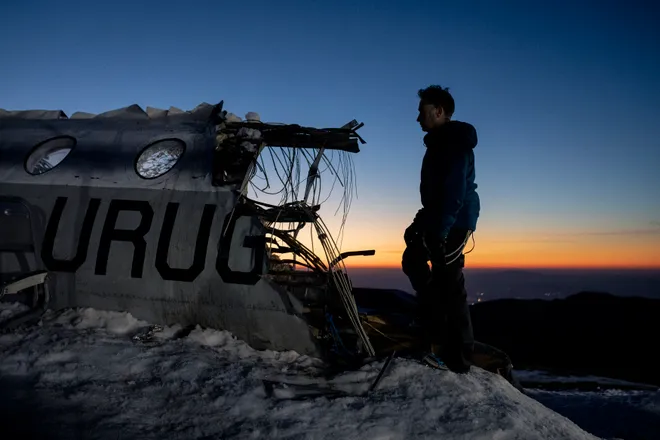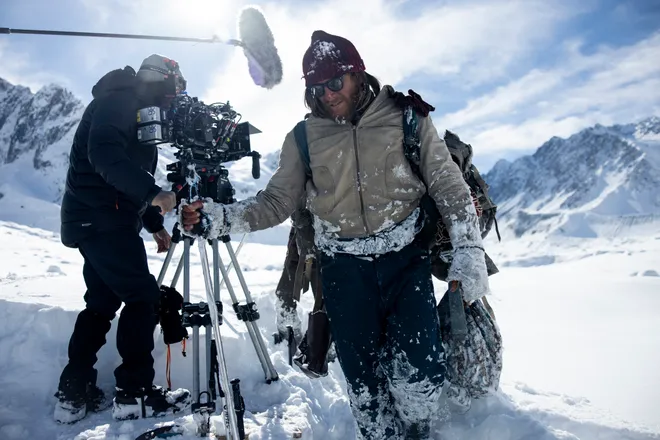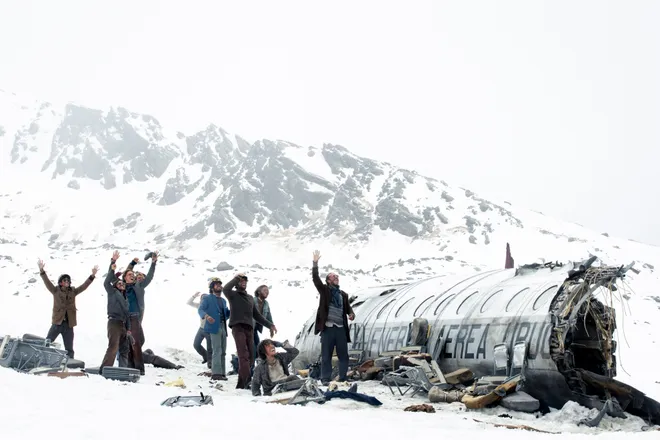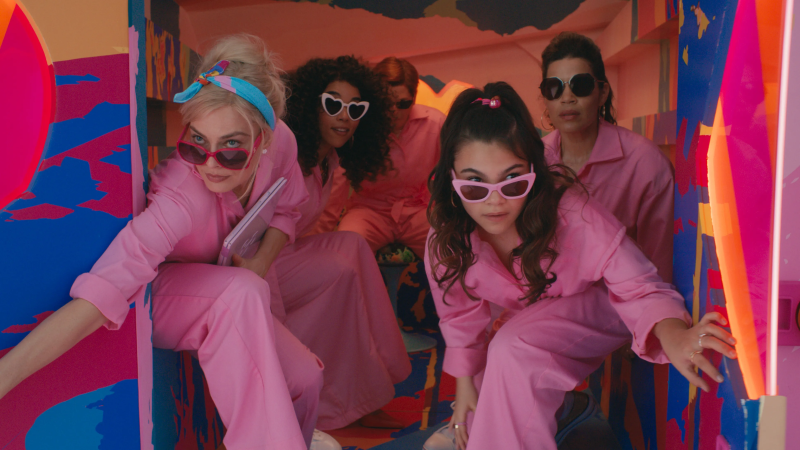Fact checking Netflix's 'Society of the Snow' plane disaster with director J.A. Bayona
On Oct. 13, 1972, an Uruguayan Air Force plane carrying 45 people, including members of a rugby team, flew into real and cinematic history.
The inexperienced co-pilot thought he had cleared an Andean mountaintop when instead it lay dead ahead in the clouds. The impact sheared off both wings and the plane's tail. A dozen people died instantly, and 12 more died soon after from the extreme temperatures at nearly 12,000 feet. The 72 days that followed saw the survivors resort to cannibalism before two men walked off the mountain and found help.
That tale of horror and human resilience is the subject of the Netflix movie "Society of the Snow" (streaming now), another in a long line of retellings that include the 1974 best-seller "Alive: The Story of the Andes Survivors" by Piers Paul Read, which led to the 1993 Ethan Hawke movie "Alive," as well as the 2023 book that shares the title of this movie. The Spanish-language drama is Spain's Oscar contender in the Best International Feature category.

Thanks to an abundance of source material and the longevity of many of the 16 crash survivors, film depictions of the accident tend to stay factually on course. "Society of the Snow" director J.A. Bayona ("The Impossible," "Jurassic World: Fallen Kingdom") weighs in on how he aimed to show the accident's horrors and triumphs on the big screen.
Where to find it:'Society of the Snow': How to watch Netflix's survival film about doomed Flight 571
Is 'Society of the Snow' based on a true story?
The improbable survival of nearly half the flight's passengers despite brutal conditions and months without traditional food ― survivors sustained themselves by eating the deceased ― has riveted readers and movie fans for decades. Bayona and his team were eager to craft a new tale that hewed as closely as possible to true events. To that end, he conducted 100 hours of interviews with the remaining survivors.
"We tried to be as close to what happened as possible," says Bayona. "I remember having conversations with the other writers asking them not to alter the facts to make it more appealing to the audience and instead focus more on understanding the psychology behind what they did, and show that on the screen."
What in 'Society of the Snow' never happened?
Given that movies always face the daunting task of compressing real-event days, weeks and even years into a few hours, changes to timelines are inevitable. "Society of the Snow" was no exception.

"Probably the biggest alterations were these two," says Bayona: "One, on the flight to Santiago, Chile, they stoped in Mendoza for weather conditions and spent one night in the city. But we never showed that pause in the journey."
Toward the end of the saga, rescue operations are mounted to pluck the remaining survivors off the mountainside. "There were two rescue operations to take the survivors out on helicopter," he says. "The first trip only took half of them, and a group of the rescue people stayed with the survivors and spent a night with them. Then another helicopter took them out the day after. But we only show you one helicopter."
What's the biggest difference between 'Society of the Snow' and past movies about the Andean disaster?
Bayona based his movie on the eponymous 2023 book, for which author Pablo Vierci conducted countless interviews, not only to tell the story of the group's survival but chronicle the profound impact the misadventure had on the rest of their lives.
The director felt it was important to "tell this story from the perspective of one of the dead. By doing so, we were reaching a more spiritual approach," he says. "The idea here was to give the survivors the chance to use their testimony to give voice to the dead."
How much did those stranded on the mountain work together to ensure the group's survival?
In any disaster, personality traits ― good and bad ― rise to the surface, leaving some to do more of the heavy lifting to help the group survive. Bayona says reading Vierci's account of the accident made it clear that his movie had to show the interconnectedness of those stranded, which ultimately contributed to the survival of so many.

"I was really impressed how Pablo Vierci explored how all of the people in the plane were useful to each other," he says. "Even those that apparently didn’t do much were fundamental in that they gave the other ones a purpose or a role in the mountain. (Vierci) is very compassionate towards all of them, and I tried to follow his example in order to create an authentic but at the same time respectful approach to them and the story."
Did any of the survivors of the Andean plane crash help make 'Society of the Snow'?
Bayona was not shy about leveraging his access to some of the survivors, now in their 70s. The passage of time made them more open to sharing some of the more traumatic memories of their time on the mountain.
"I think some of the survivors after 50 years of the tragedy were more open to talk about what happened," he says. "I am thinking for example of Adolfo 'Fito' Strauch. Speaking with him helped a lot in shaping his character in the film, and he had a very important role. Along with his cousins, Daniel Fernandez and Eduardo Strauch, they were responsible for the organization of the group after the death of the captain" and crew.
'Society of the Snow':How to watch Netflix's survival film about doomed Flight 571

Disclaimer: The copyright of this article belongs to the original author. Reposting this article is solely for the purpose of information dissemination and does not constitute any investment advice. If there is any infringement, please contact us immediately. We will make corrections or deletions as necessary. Thank you.







